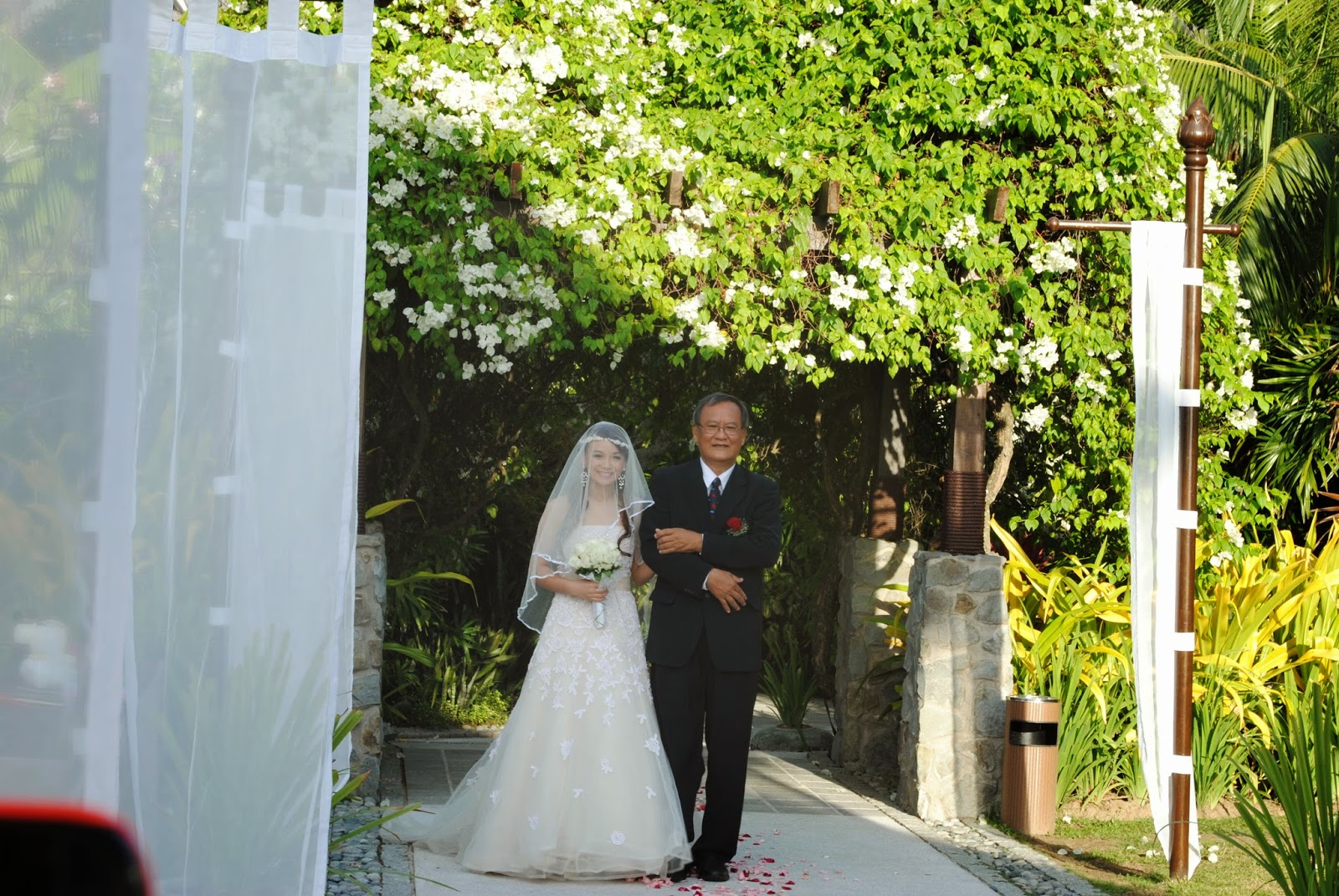ASSIGNMENT 1
REFLECTIONS
After the assignment 1 was done, there were some questions have to be answered and reflected by students. The questions were listed as below:
1) What part of the assignment was most difficult to demonstrate in your photos?
In my opinion, the most difficult part in assignment 1 was the Part 1: Basic Composition. Among the five concepts in the basic composition, the easiest was the rule of thirds as it depended on me to adjust the angle to place the subject in the sweet spots of the photo. The hardest was the "Framing", as the frame itself occupied some places from a photo, making the space became lesser for the main subject. Furthermore, it was hard to locate a good position for the frame so that it won't distract attention from the main subject. The last difficulty was that it was hard to find a frame which can be positively used to capture the main subject. With all these difficulties, I seriously agreed that framing was the most difficult and brain-squeezing part for me to come out with good idea to implementation this concept in my photography.
2) Which of your photo do you think was the most successful, and why?
Among the photos I captured in Assignment 1, I thought the following photo was the most successful one.
 |
| f/9 | 1/20s | ISO 100 (Nikon D3000@55mm) |
It was such a weird case, as the photo I thought was the most successful was also the hardest part I explained in Question 1, which was the "Framing". However, examining this photo, I concluded myself the frame which was the leaf not only didn't distract the attention of readers, yet it helped to direct the focus to the duck. The duck which was located at the sweet spots of a photo became the main focus too. I was in great satisfactory when I reviewed this photo.
It did not mean the other photos were not successful, it was the fact that this photo outdistanced the others as the others meets the requirement of the concepts, however this photo told a story and brought mystery to readers to lock their attention on the duck to see what was going on next.
3) How did this assignment change the way you view taking pictures?
This assignment definitely changed the way I view while taking pictures. As I looked back the photos I took previously before I registered this course, the photos' background were complex, the subject was not clearly projected, there was too many distractions and angle of interpretation was terrible.
However, after weeks of lecture and practices, I clearly felt that my photographing skills were upgraded and advanced. Although I was still far to become a professional photographer, but at least now I could see which view was the sweet spot to place the subject and how to prioritize the main subject. Using the basic compositions' principles, I could also capture the same from different perspective to make it more interesting and outstanding.
Besides, I have learnt too on using a DSLR, either theoretically or practically. Departed as a beginner in the world of photography and growing healthily now, the lessons I gained through the course were precious, which couldn't be valued through money system. It was the right choice I made to register this course, I have no regret on it.
4) Other thought on the process.
Thinking off to take good photos and be aligned with the requirements of the basic compositions initially was a tough road to walk on, however, with helps and advises from DR. Jamalludin and Encik Fuad, things started to go smooth and easier. It was such a good time to have both knowledgeable photographer to guide me during the whole process.
Another thought was that there was tons of objects or views available which can be captured as the main subject for different topics, the process to choose the best option was also a good test. However, as far as I concern, I enjoyed to take photos and examine the quality of it from time to time.
Lastly, I felt thankful to the faculty, Dr. Jamalludin and Encik Fuad for lending us a DSLR for free and guided us well during the process. Without their kindness help, I believe it took longer and harder to learn alone.
Allow me to send my highest gratitude to Dr. Jamalludin and Encik Fuad, thank you very much!




































































